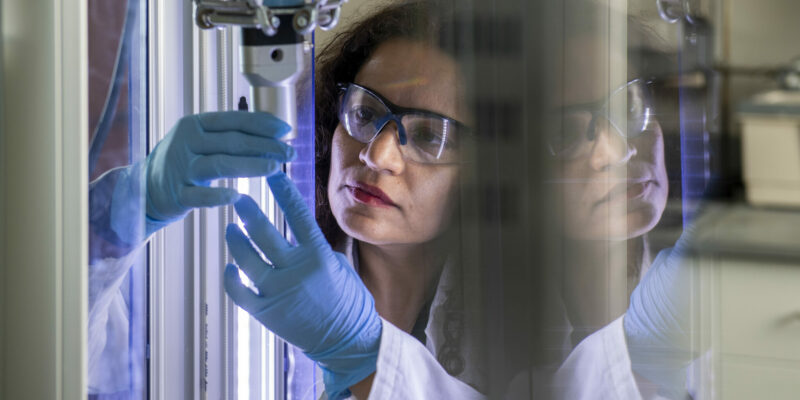Tag: Ulrich Jentschura
Dive into summer reading: Discover the latest works from faculty and staff
Check out a sampling of books written by Missouri S&T faculty and staff. From history of wars to history of breakfast cereal to women Egyptologists, not to mention an entire book on the origins of the term “dude,” there are several topics to choose from for your summer reading.
Read More »The year in research – stories worth revisiting
From using artificial intelligence to help match kidney transplant donors with those in need to designing more helpful assistive robots for people with disabilities, Missouri S&T researchers are coming up with innovative ways to tackle challenges. Here’s a look back at 10 research topics that demonstrate the variety and depth of research at S&T.
Read More »New physics book covers atoms, lasers and gravity
Ever since quantum field theory was effectively invented in 1947 by Hans Albrecht Bethe, it has been a part of advanced physics studies. Quantum electrodynamics provides researchers with a framework to study the interaction of particles and radiation through mathematics.
Read More »S&T physicist improves particle interaction modeling
Quantum electrodynamics is a lot like baking a cake, and then trying to take apart the individual ingredients. At least, that is what physicist Dr. Ulrich Jentschura equates to the process of creating an equation that can couple particles’ and antiparticles’ predicted masses at the same time.
Read More »


